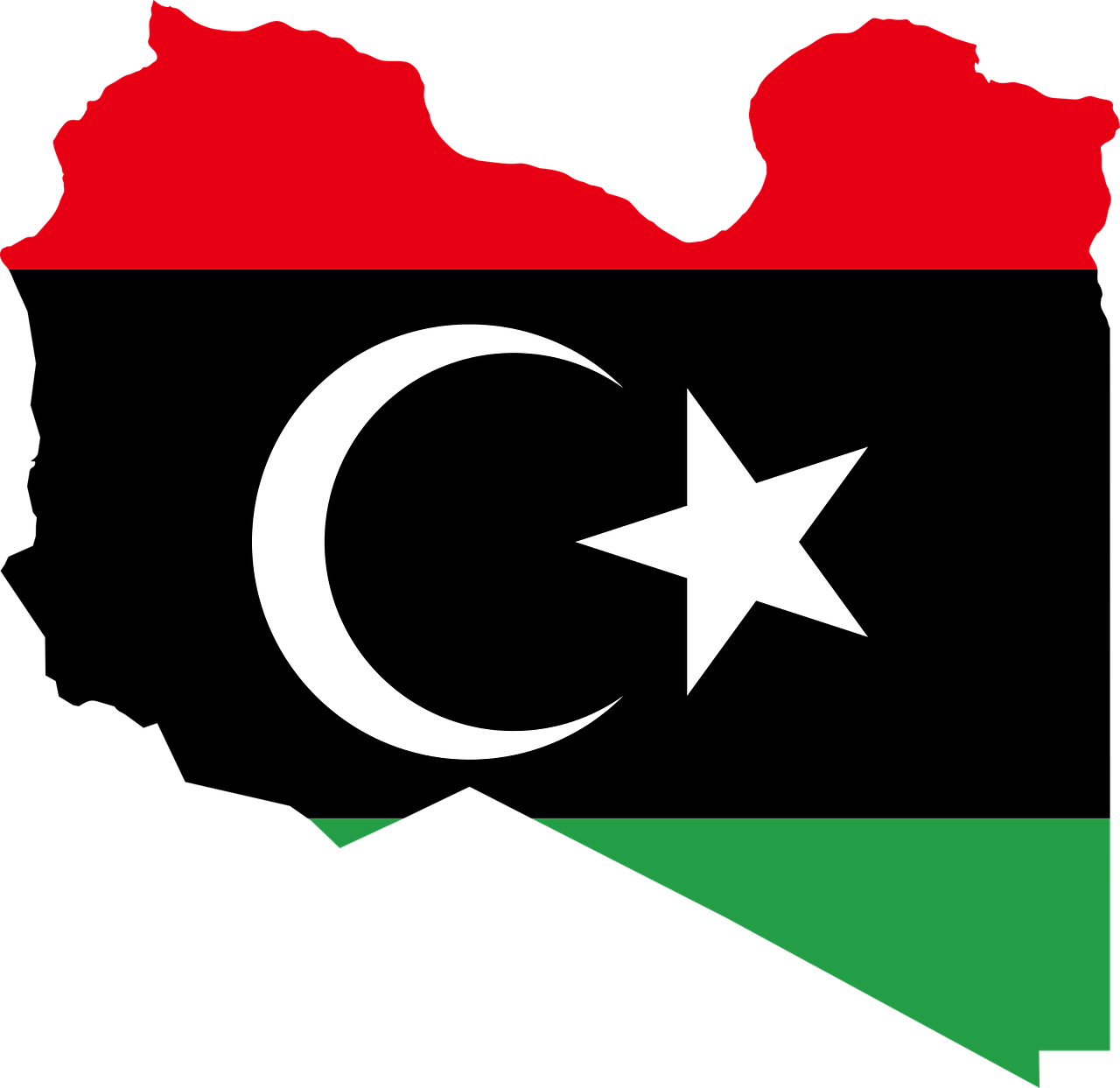PR Strategy in Libya: Communicating in an Unstable Media Environment

PR Strategy in Libya: Communicating in an Unstable Media Environment
Introduction
Libya presents a deeply fragmented media landscape, shaped by political instability and security tensions. Effective communication requires a strong understanding of local challenges, identifying reliable channels, and prioritizing the safest platforms.
This guide explains how to adapt your PR strategy to maximize impact in Libya.
1. Libya at a Glance
Capital: Tripoli
Population: ~6.7 million
Surface area: 1.76 million km²
Languages: Arabic (official), English (in some international media)
Economy: heavily dependent on oil (>80% of public revenues)
Context: political instability since 2011, fragmented institutions, recurring armed conflicts
2. Press Freedom and Media Environment
International ranking: “Not free” according to Freedom House, 163rd worldwide (RSF 2017)
Risks for journalists: kidnappings, threats, targeted assassinations, forced exile
Politicized media: strong affiliations with factions or armed groups
Broadcasting from abroad: many Libyan outlets operate from Tunisia, Qatar, or Turkey
Internet and social media: limited access (19% in 2015), but Facebook and Twitter are essential sources of information
Key takeaway: caution and thorough source verification are critical before any media collaboration.
3. Key Media in Libya
News Agency
LANA – Libyan News Agency (وكالة الأنباء الليبية): official national agency
Television
LTV – Libya Al-Wataniyah TV: national public broadcaster
Libya Al Ahrar TV: based in Doha, critical editorial stance
218 TV: popular private channel, broadcasting from abroad
Al Nabaa TV: affiliated with certain Islamist movements
Online Media
Al Wasat
The Libya Observer
Libya Herald (often in English)
4. Specifics of PR in Libya
Fragmentation: highly unstable landscape, strong political control
Journalists in exile: key role in providing reliable information
Digital dominance: Facebook, Twitter, and online outlets shape public opinion
Limited access: direct relationships with local journalists remain difficult
Contextualized communication: messages must fit the political and security climate
5. Tips for Successful Communication in Libya
Prioritize international or foreign-based media to avoid censorship
Collaborate with the Libyan diaspora to relay messages
Leverage social media as the main channel, especially to reach youth
Verify journalists’ affiliations before establishing partnerships
Use a factual, cautious tone and avoid controversial positions
Conclusion
Libya represents a high-risk media market but still offers avenues of influence, particularly through online platforms and the diaspora. An effective PR strategy in Libya must be digital, secure, and highly targeted.
Similar articles
Loading similar posts...
Subscribe to our Newsletter
Don't miss anything! Subscribe to our newsletter to receive the latest articles, tips, and news directly in your inbox.